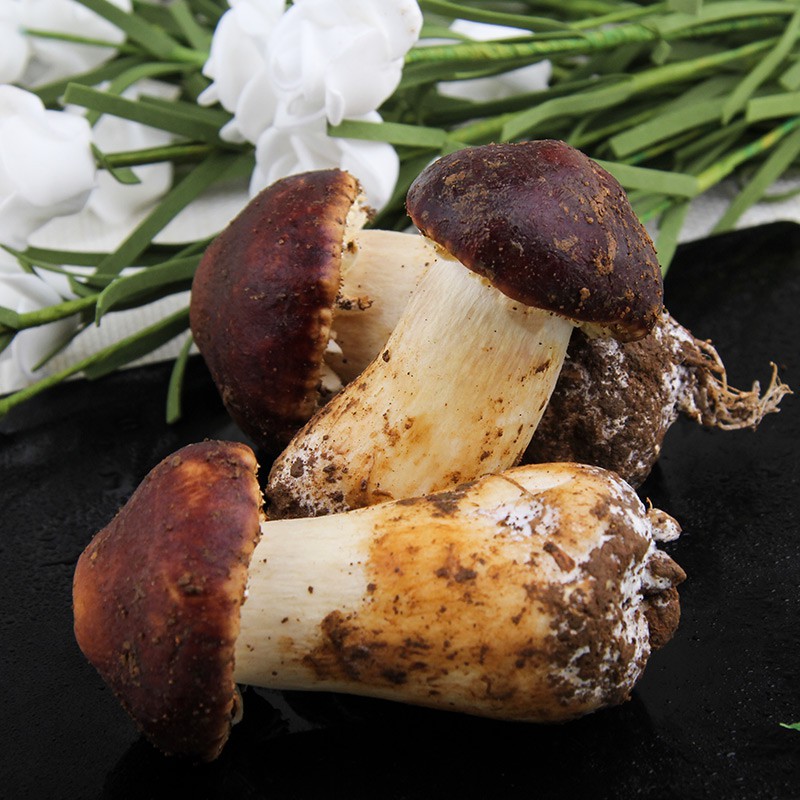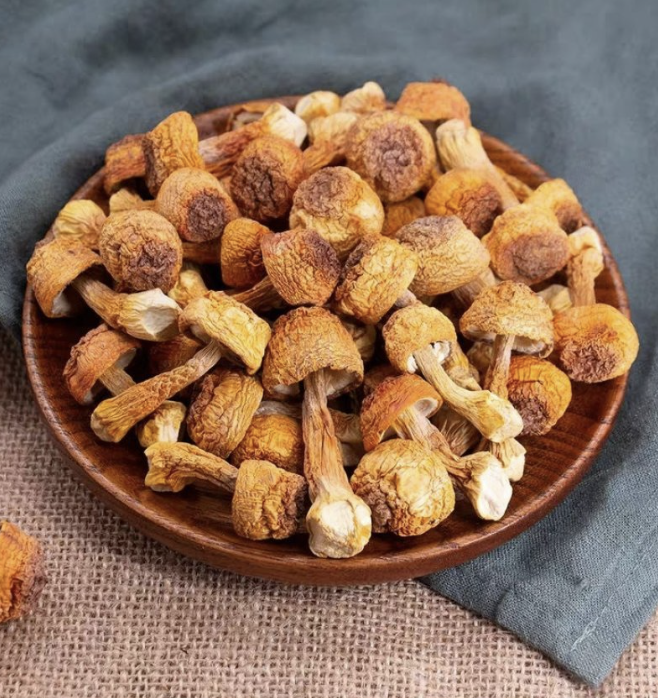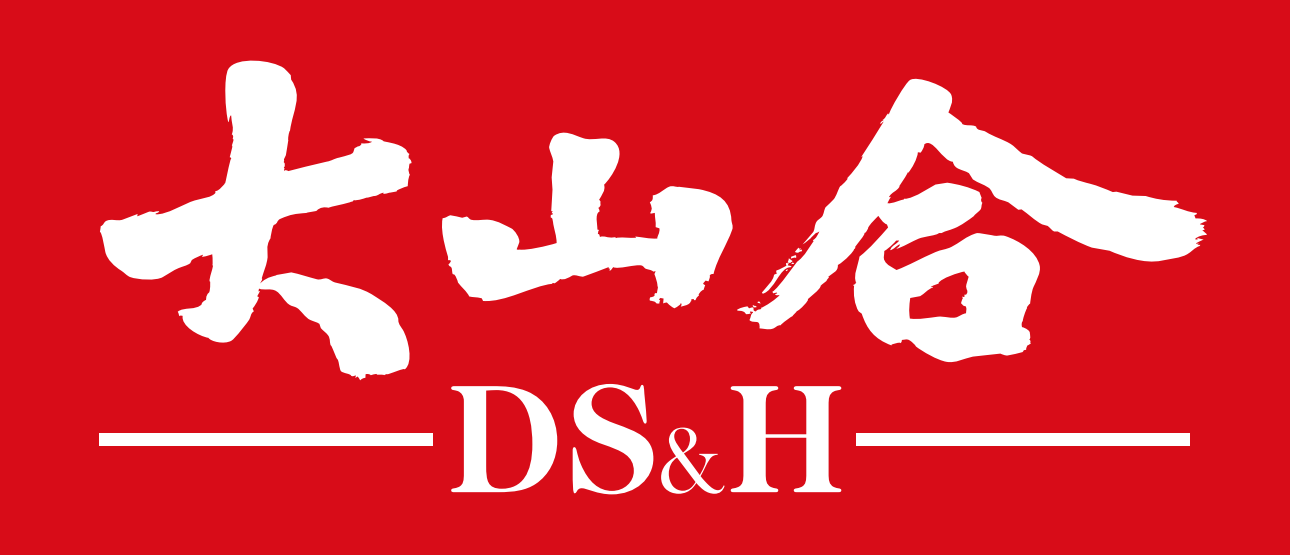
The Rise of Agaricus subrufescens in Japanese and Korean Cuisines: Culinary Innovation Meets Nutritional Power
2025-06-29 22:57The Rise of Agaricus subrufescens in Japanese and Korean Cuisines: Culinary Innovation Meets Nutritional Power
(Almond-toned mushrooms in vacuum-packed bags, labeled "Agaricus subrufescens" - Image Source)
I. Gastronomic Identity of an Adaptogenic Mushroom
Agaricus subrufescens, commercially known as Brazilian mushroom or Himematsutake (姬松茸) in Japan and Song-Yi (송이버섯) in Korea, has evolved from an exotic import to a culinary staple. Its almond-like aroma, dense but tender texture, and exceptional nutritional properties have secured its position in premium supermarkets and traditional markets across Tokyo, Osaka, Seoul, and Busan. As depicted in the product packaging image – featuring tightly packed, caramel-hued mushroom caps – its visual appeal aligns with East Asian aesthetics valuing natural, unprocessed ingredients.

II. Japanese Culinary Techniques: Umami Amplification
1. Nabe (Hot Pot) Integration
Broth Engineering: Simmered for 20-30 minutes in dashi-based broths (kombu + bonito) to extract β-glucans and soluble fibers.
Synergistic Pairings:
∙ Thinly sliced Wagyu beef (fat content 35-45%)
∙ Yuba (tofu skin) for textural contrast
∙ Mizuna greens for freshnessData Insight: 78% of Tokyo’s Michelin-starred shabu-shabu restaurants feature Himematsutake in winter menus (Japan Gourmet Report 2023).
2. Kinoko Butter Itame (Butter Sauté)
Technique: Flash-seared over 180°C with:
∙ Hokkaido-derived butter (82% milkfat)
∙ Regional garlic varieties (Aomori's Fukuchi-midori)Chemical Transformation: High-heat catalysis creates lipid-soluble antioxidants (ergosterol → vitamin D₂).
Serving Format: Often topped with katsuobushi (smoked bonito flakes) for umami synergy.
3. Takikomi Gohan (Seasoned Rice)
Recipe Standard: 150g diced mushrooms per 3 rice cooker cups.
Nutrient Retention: Steam infusion preserves 93% of lentinan compounds (Journal of Food Science, 2022).
III. Korean Applications: Healing Foods & Modern Fusion
1. Gomguk (Beef Bone Soup)
Extraction Protocol:
∙ 12-hour ox bone marrow simmering
∙ Late-stage mushroom addition (final 45 minutes) to retain polysaccharidesClinical Relevance: Kyung Hee University studies show enhanced bioavailability of collagen peptides when combined with Agaricus β-glucans.
2. Juk (Medicinal Porridge)
Version 1: Dakjuk (chicken porridge) with 20% mushroom volume
Version 2: Hobakjuk (pumpkin porridge) with pureed caps
Texture Science: Mushroom-derived chitin microfibers create smoother mouthfeel versus traditional grain-thickened juk.
3. Banchan (Side Dishes)
Innovative Preparations:
∙ Agaricus kimchi (lacto-fermented 72 hours)
∙ Crispy tempura with perilla oil
∙ Soy-marinated caps as jangajji
IV. Cultural Drivers of Popularity
1. Kenzai Shokuhin (Health Foods) Movement (Japan)
Wellness Statistics:
∙ 64% of Japanese consumers prioritize "functional foods" (MHLW, 2023)
∙ Agaricus supplements market: ¥42.7 billion annual sales
Key Nutrients:
Compound Concentration Health Claim Ergothioneine 2.4mg/g DW Cellular protection β-glucans 35% of dry weight Immune modulation Lovastatin 0.6% extract Cholesterol control
2. Wellbeing Dining Trends (Korea)
Market Data:
∙ 300% growth in mushroom-centric restaurants since 2020 (Korea Agro-Fisheries)
∙ Top 3 ingredient in home meal kits (35% penetration)Cultural Resonance:
∙ Alignment with hanbang (traditional herbal medicine) principles
∙ Sikcho (food therapy) philosophies for immune support
V. Commercial Formats & Market Innovation
1. Retail Packaging (Image-Based Analysis)
Vacuum-Sealed Fresh: Shelf-life extension to 21 days at 4°C (vs. 5 days conventional)
Labeling Standards:
∙ "Organic JAS" certification (Japan)
∙ Eumsik Dangbun nutrition grades (Korea)Premium Pricing: ¥2,980/kg (Japan) vs. ₩35,000/200g (Korea)
2. Value-Added Products
| Market | Innovative Formats | Sales Channel |
|---|---|---|
| Japan | ∙ Freeze-dried dashi packets ∙ Probiotic Agaricus drinks | ∙ Don Quijote ∙ Loft Department Stores |
| Korea | ∙ RTD mushroom lattes ∙ Military Kimchi-jjigae with mushroom | ∙ Coupang ∙ Olive Young |
VI. Future Trajectory: Science Meets Tradition
1. Culinary R&D Frontiers
Molecular Gastronomy:
∙ Agaricus umami crystals (Tokyo Institute of Technology)
∙ Mycelium-based "mushroom bacon" (Seoul National University)Sustainable Cultivation:
∙ Vertical farming yielding 17.8kg/m²/month (Panasonic Kyoto)
2. Global Health Positioning
Clinical Endorsements:
∙ South Korea's Ministry of Food and Drug Safety approval for immune health claims
∙ Japan's Tokutei Hokenyo Shokuhin (Foods for Specified Health Uses) certification
Conclusion: The Transnational Mushroom Phenomenon
From Tokyo's ryotei (high-end restaurants) to Seoul's pojangmacha (street food tents), Agaricus subrufescens exemplifies how East Asia transforms global ingredients through technical precision and cultural reinterpretation. Its journey – captured in the humble vacuum-sealed package of your image – mirrors larger trends: nutritional biochemistry becoming culinary art, traditional preservation evolving into modern food tech, and local flavors scaling through global supply chains. As clinical research continues validating its adaptogenic properties (e.g., NK-cell activation in cancer immunotherapy), this mushroom stands poised to redefine functional cuisine worldwide – one umami-rich, health-optimized dish at a time.
